Mr. Van Noten, when your father retired, he preferred to close his company rather than sell it. Can you imagine your eponymous fashion label going on without you?
I hope that my company could live without me because I have the responsibility for people who work with us – those in the company in Antwerp and those who produce our clothes, who print our fabrics, who embroider. We have nearly three thousand people in India who embroider all our things by hand. It would be a pity if the moment I say, “I’ve had it, I’m stopping,” all those people would be kind of unemployed. And especially the knowledge that we have tried to keep alive in small villages in India or a small mill in Cornwall that’s still doing hand-woven fabrics. So, I really hope it’s possible and I’m convinced that we’re structuring things so that if something would happen, the company can live without me. As a responsible fashion designer, you have to work like that, I think. It would be a bit selfish to say, “It can be only me who can make this survive.”
Yet your vision is crucial. You founded the company originally because being independent was the only way to make the clothes that you wanted to make. Now that you’ve grown into a major brand available in over 500 stores worldwide, how do you maintain an independent attitude?
Sometimes I think it is a pity that it is not a small business anymore but rather a serious company. But we still run the company in a very organic way. It’s not that we have a strict business plan. We have an organization behind it, but I think an organic way of finding possibilities, of seeing things, is still important. Sometimes all the things that happen by coincidence are what make it work.
Apparently you also open your shops somewhat by coincidence as well. Instead of just opening a shop for business reasons, you wait until you stumble upon the perfect location and inspiration strikes.
Yes. Of course we know when it would be nice to open a shop and we have the financial capability to do it, so it’s not that it doesn’t also work like that. In the end, it’s still a business. But, yes, maybe next time I’m walking around New York or another city I’ll really fall in love with a nice building that would be fantastic for a store and decide, “Okay, let’s do something.”
But your business is obviously not only run by coincidence. For example, in contrast to most high-fashion companies, every single look that you show on the runway is produced for retail.
Yes, and for me that is absolutely necessary. We don’t make couture; we make prêt-à-porter. And I’m very strict with that. For me, if you want to make dreams, make haute couture and show it without pretending that you’re doing something that people can find afterwards even though you don’t sell it. For me, that’s not right. I really want to show reality, not some kind of theory, like, “This is the way that fashion could look like, but you’ll never be able to get it.” For me, it’s a reality that I want to show. Okay, maybe a beautiful reality, maybe a reality shown with girls who are all 180 centimeters and boys who are 188 centimeters tall, but still it’s a reality.
Does knowing that you have to sell every piece affect the design process? Does it limit what you can do?
Yes and no – you’d be surprised. In fact, sometimes we sell quite a lot of certain clothes that you would think are made especially for the show. Luckily enough, we have quite a lot of people who collect the more difficult pieces of our collection. They know that they can wear it for a long time. It’s not like garments where you say, “Oh, this is so last season.”
Which is nice. If you invest that kind of money into a piece, you should be able to wear it for longer than just six months.
I hope so. Trends are also kind of a principle that is a little bit over, but… With houses that do a lot of publicity, a look is far more identified with a certain period. And there of course you have a little bit of a problem by doing publicity. You create an “of-the-moment look” and that is a little strange when you wear that look again one year later. It’s a bit like, “Oh, she looks like an old newspaper.” For me that is luckily not the case. We built up the company without doing publicity and in that way we have a more neutral atmosphere around it.
Instead of investing in advertising, you have always put your money into the runway shows.
I thought we could reach more people with a show than with publicity. Also when you’re going to do publicity, you have to choose your muse. You have to choose the person who stands for everything that you’re doing. A boy and a girl. And then, is she young? Old? Blonde? Black? What skin color does she have? Is she soft? Hard? Romantic? Is he tough? Muscular? Skinny? So you automatically kick out a big group of people who don’t identify with the person that they see in your publicity. In that way a fashion show is more neutral. You already have a group of, like, 40 or 50 models.
Your runway shoes often draw references from the art world. Your Spring 2015 collection, for example, was inspired by the painting Ophelia by John Everett Millais as well as Shakespeare’s A Midsummer Night’s Dream. In our interview with Marina Abramović she claimed that fashion is the popularization of art. Do you agree?
At the moment I think there is a very difficult relationship between art and fashion, because a lot of artists are afraid that fashion is starting to take over too much art. All the foundations that the fashion houses are opening and all the events happening between fashion and art, things like that. I approach art in a different way, in a rather naïve way. I don’t know a lot about contemporary art. Art, for me, is a big inspiration. I need to see art to be able to make my work. I want to be educated, I want to be stimulated by art. And that for me is very important.
When you say that you need art to do your collections, what exactly do you mean?
It’s part of my research, but “research” sounds really straightforward. For me, it’s more in a poetic, emotional way that I look at things like that. An idea, a concept, sometimes just a color, just one small element of an artwork. When I go to Frieze in London or New York, I’ll walk around. Sometimes there are two artworks that you see together by coincidence and you say, “In fact, the clash of those two things for me is more interesting than the artwork.” When I walk around in fairs like that or when I go to galleries, I look with a very open eye. Sometimes a person standing beside an artwork is more intriguing because you feel something, you get a shock, you get intrigued, you want to know more. And that for me is the fun part of it.
Your clothes are considered by some to be artworks themselves – you recently even had a very successful show at the Louvre. Does it go against your philosophy if people collect your clothes like art?
I don’t think they collect it like art. They collect it like things they cherish, with memories attached to it. It becomes very personal. One of the most charming things I’ve seen with my work was when I visited a store in Boston. The shop owner had the idea of asking all the people who bought our clothes to bring those clothes back with a photograph of them wearing them in a certain situation. It was really touching because you saw all the parties, weddings, births – all the different things that happen in a human life – presented with a garment from ten years ago and a hand-written note by the person who was wearing it. As a designer, it was really a confrontation, like, “Huh?” You start to mean something to those people.
Return to Top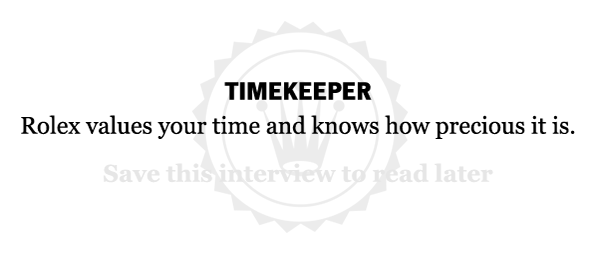
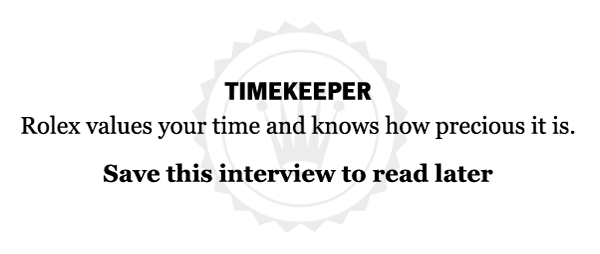
Short Profile
Name: Dries Van NotenDOB: 12 May 1958
Place of birth: Antwerp, Belgium
Occupation: Fashion Designer
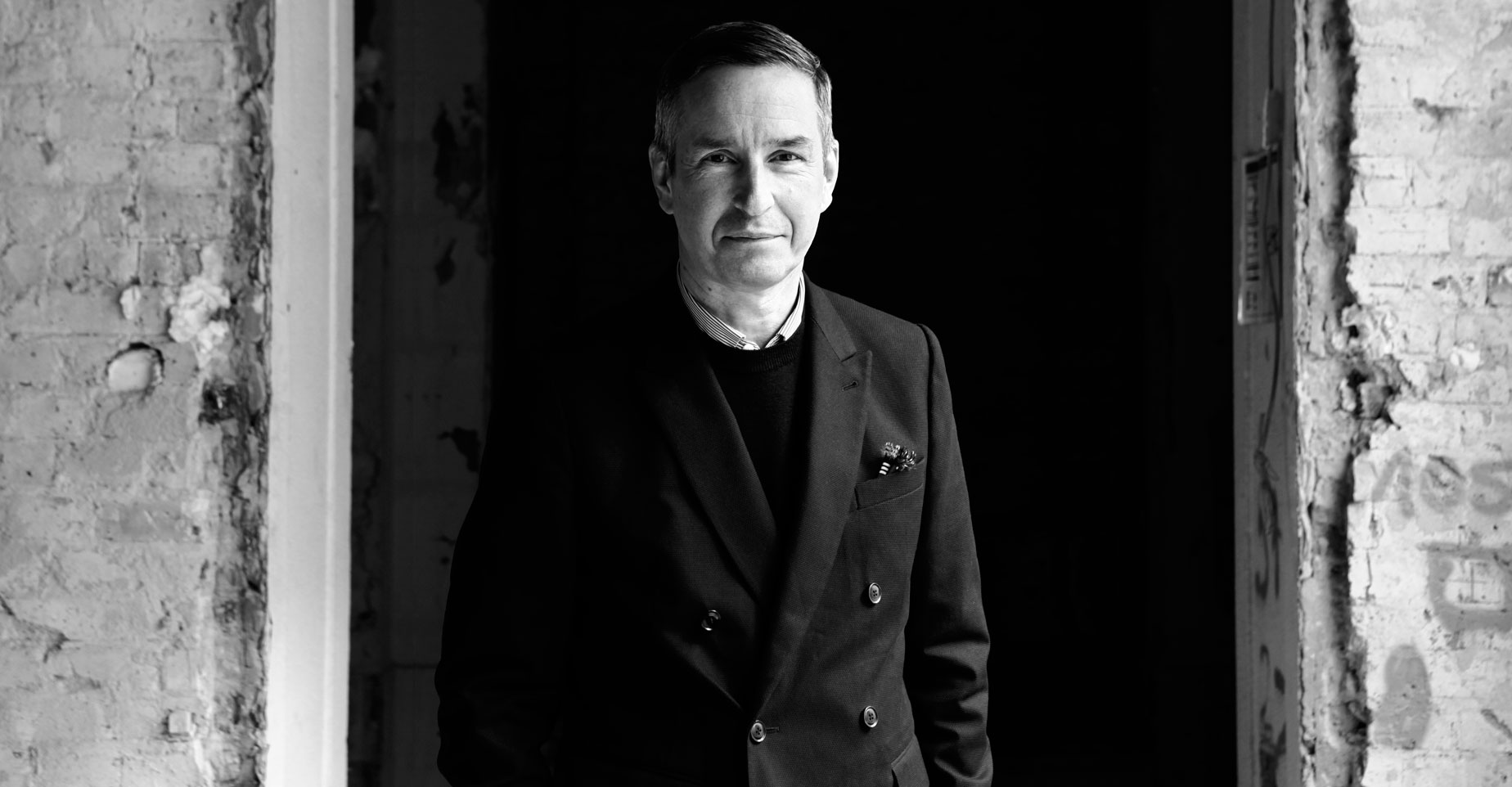
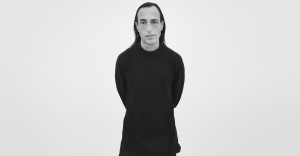
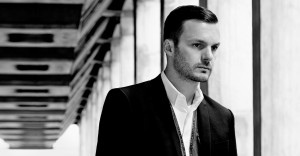
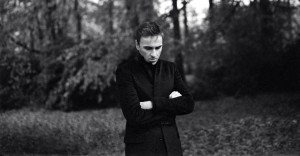

















Just like our signature is unique, Dries Van Noten is certainly that. In a world that lost its loyalty Dries Van Noten has not! His followers are totally possessed. His audience has no specific age group. I believe the fabrics can only be DVN’s genetic make up. And, hope he continues to run the business as he said, and not saturate the market. You are truely unique Dries Van Noten.
I am 188 centimeters tall. haha. Sounds like a world I can’t live without.